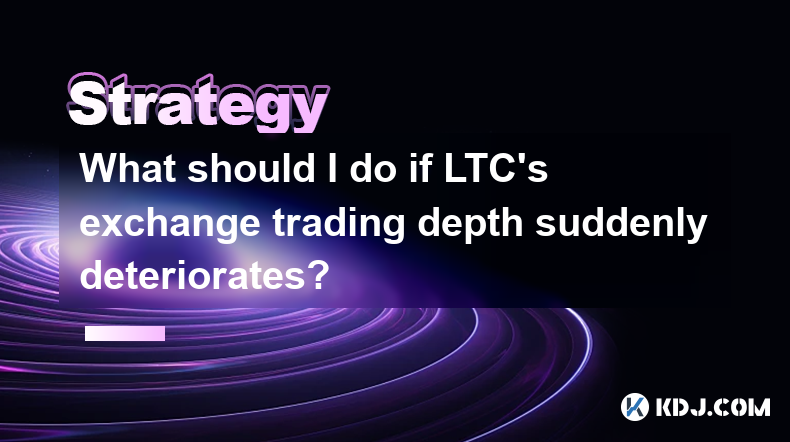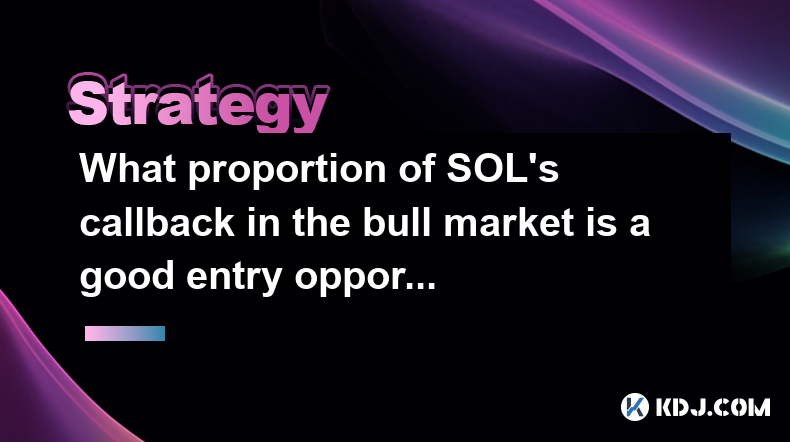-
 Bitcoin
Bitcoin $88,555.6766
1.18% -
 Ethereum
Ethereum $1,626.4043
-1.22% -
 Tether USDt
Tether USDt $0.9998
-0.01% -
 XRP
XRP $2.1018
-1.27% -
 BNB
BNB $605.8750
0.04% -
 Solana
Solana $140.3422
0.04% -
 USDC
USDC $0.9999
0.00% -
 Dogecoin
Dogecoin $0.1643
1.27% -
 TRON
TRON $0.2481
1.05% -
 Cardano
Cardano $0.6359
-1.63% -
 Chainlink
Chainlink $13.3216
-2.53% -
 UNUS SED LEO
UNUS SED LEO $9.1797
-2.79% -
 Avalanche
Avalanche $20.3681
-2.52% -
 Stellar
Stellar $0.2473
-4.43% -
 Sui
Sui $2.3043
2.50% -
 Shiba Inu
Shiba Inu $0.0...01257
-1.15% -
 Toncoin
Toncoin $2.9429
-3.48% -
 Hedera
Hedera $0.1738
0.16% -
 Bitcoin Cash
Bitcoin Cash $347.0587
1.49% -
 Hyperliquid
Hyperliquid $18.2576
-0.35% -
 Litecoin
Litecoin $79.8456
-0.89% -
 Polkadot
Polkadot $3.7809
-4.73% -
 Dai
Dai $0.9999
-0.01% -
 Bitget Token
Bitget Token $4.4439
-0.50% -
 Ethena USDe
Ethena USDe $0.9991
-0.01% -
 Pi
Pi $0.6313
-0.96% -
 Monero
Monero $216.2035
0.57% -
 Pepe
Pepe $0.0...08138
3.46% -
 Uniswap
Uniswap $5.3889
-1.68% -
 OKB
OKB $50.9281
-0.23%
What are the fees for buying and selling cryptocurrencies?
Trading platforms usually charge a fee of a certain proportion of the transaction amount, such as 0.1% - 0.5% per transaction.
Feb 25, 2025 at 05:18 pm

Transaction fee
Withdrawal fee
Recharge fee
Spread Fee
Financing and securities lending fees
tax
Miner's Fee
Platform membership fee
Disclaimer:info@kdj.com
The information provided is not trading advice. kdj.com does not assume any responsibility for any investments made based on the information provided in this article. Cryptocurrencies are highly volatile and it is highly recommended that you invest with caution after thorough research!
If you believe that the content used on this website infringes your copyright, please contact us immediately (info@kdj.com) and we will delete it promptly.
- Pi Coin (PI) Trades at $0.63, Marking a 2% Decline in the Last 24 Hours
- 2025-04-22 16:50:11
- Mantra (OM) Price Holds Above $0.51 as CEO Begins Massive 150 Million Token Burn to Restore Trust
- 2025-04-22 16:50:11
- The enigmatic lead of the Shiba Inu developer team known to the SHIB army under the pseudonym Shytoshi Kusama has once again sent ripples through the meme coin community
- 2025-04-22 16:45:13
- Paul Atkins Has Been Sworn in as the New Chair of the U.S. Securities and Exchange Commission (SEC)
- 2025-04-22 16:45:13
- Bitget Exploited: Market-Maker Bot Glitch Triggers $100M Trading Frenzy, Turning $VOXEL into a Crypto Storm
- 2025-04-22 16:40:12
- MANTRA CEO John Patrick Mullin announces plans to burn 300 million OM tokens to stabilize market price after recent massive price crash.
- 2025-04-22 16:40:12
Related knowledge

What does the increase in LTC's USDT premium rate mean?
Apr 22,2025 at 04:49pm
The increase in LTC's USDT premium rate is a significant indicator within the cryptocurrency market, particularly for Litecoin (LTC) and its trading dynamics. This phenomenon occurs when the price of Litecoin in USDT (Tether) on a specific exchange exceeds its price in USD on other platforms or in the broader market. Understanding the implications of th...

Can LTC buy the bottom after three consecutive negative weekly lines?
Apr 22,2025 at 04:36pm
The question of whether Litecoin (LTC) can buy the bottom after three consecutive negative weekly lines is a nuanced one, often influenced by various market factors, technical analysis, and sentiment within the cryptocurrency community. To delve into this, we need to consider the technical indicators, historical patterns, and the broader market context....

How to use trading volume to determine the buying and selling timing of BCH?
Apr 22,2025 at 04:14pm
Trading volume is a critical indicator that traders use to gauge the strength and direction of market trends, and it can be particularly useful when determining the buying and selling timing of Bitcoin Cash (BCH). By analyzing the trading volume, investors can gain insights into the market sentiment and make more informed decisions about when to enter o...

What should I do if LTC's exchange trading depth suddenly deteriorates?
Apr 22,2025 at 04:42pm
If you're dealing with a sudden deterioration in Litecoin (LTC)'s exchange trading depth, it's important to understand the situation and take appropriate actions to manage your investments effectively. Trading depth refers to the volume of buy and sell orders at various price levels on an exchange, and a sudden drop can indicate potential issues with li...

What proportion of SOL's callback in the bull market is a good entry opportunity?
Apr 22,2025 at 03:43pm
The question of what proportion of SOL's callback in a bull market represents a good entry opportunity is a nuanced one, requiring a deep dive into market dynamics, historical data, and risk management strategies. Let's explore this topic in detail. Understanding SOL and Bull MarketsSolana (SOL) is a high-performance blockchain platform known for its fa...

Can BCH's Willy indicator be bottomed out in the oversold area?
Apr 22,2025 at 02:56pm
Understanding the Willy IndicatorThe Willy indicator, also known as the Willy ratio, is a technical analysis tool used in the cryptocurrency market to assess the potential for a price reversal. It is calculated by dividing the current price of a cryptocurrency by its 200-day moving average. When the Willy indicator falls into the oversold area, it sugge...

What does the increase in LTC's USDT premium rate mean?
Apr 22,2025 at 04:49pm
The increase in LTC's USDT premium rate is a significant indicator within the cryptocurrency market, particularly for Litecoin (LTC) and its trading dynamics. This phenomenon occurs when the price of Litecoin in USDT (Tether) on a specific exchange exceeds its price in USD on other platforms or in the broader market. Understanding the implications of th...

Can LTC buy the bottom after three consecutive negative weekly lines?
Apr 22,2025 at 04:36pm
The question of whether Litecoin (LTC) can buy the bottom after three consecutive negative weekly lines is a nuanced one, often influenced by various market factors, technical analysis, and sentiment within the cryptocurrency community. To delve into this, we need to consider the technical indicators, historical patterns, and the broader market context....

How to use trading volume to determine the buying and selling timing of BCH?
Apr 22,2025 at 04:14pm
Trading volume is a critical indicator that traders use to gauge the strength and direction of market trends, and it can be particularly useful when determining the buying and selling timing of Bitcoin Cash (BCH). By analyzing the trading volume, investors can gain insights into the market sentiment and make more informed decisions about when to enter o...

What should I do if LTC's exchange trading depth suddenly deteriorates?
Apr 22,2025 at 04:42pm
If you're dealing with a sudden deterioration in Litecoin (LTC)'s exchange trading depth, it's important to understand the situation and take appropriate actions to manage your investments effectively. Trading depth refers to the volume of buy and sell orders at various price levels on an exchange, and a sudden drop can indicate potential issues with li...

What proportion of SOL's callback in the bull market is a good entry opportunity?
Apr 22,2025 at 03:43pm
The question of what proportion of SOL's callback in a bull market represents a good entry opportunity is a nuanced one, requiring a deep dive into market dynamics, historical data, and risk management strategies. Let's explore this topic in detail. Understanding SOL and Bull MarketsSolana (SOL) is a high-performance blockchain platform known for its fa...

Can BCH's Willy indicator be bottomed out in the oversold area?
Apr 22,2025 at 02:56pm
Understanding the Willy IndicatorThe Willy indicator, also known as the Willy ratio, is a technical analysis tool used in the cryptocurrency market to assess the potential for a price reversal. It is calculated by dividing the current price of a cryptocurrency by its 200-day moving average. When the Willy indicator falls into the oversold area, it sugge...
See all articles























































































